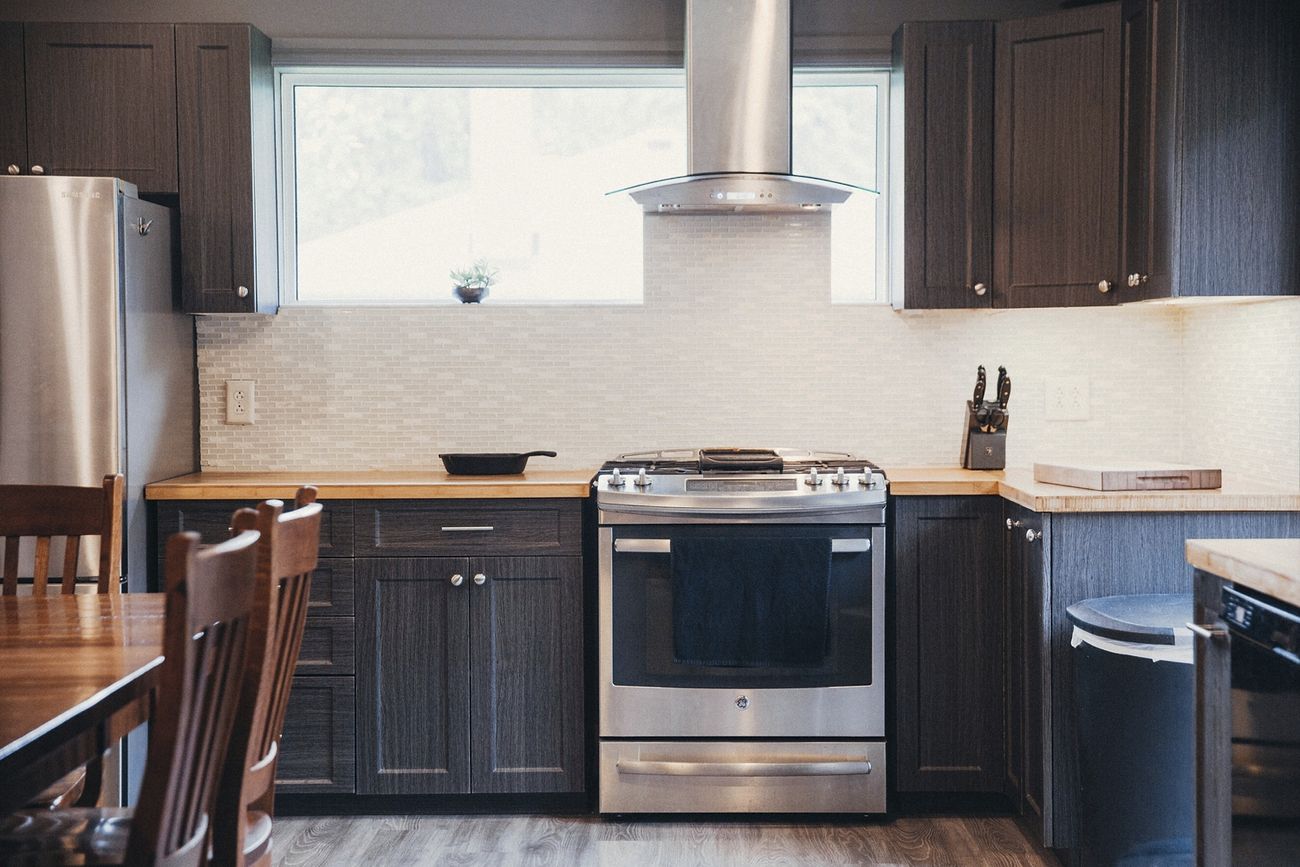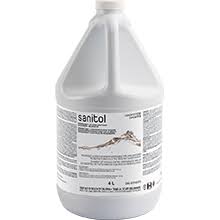Maintaining proper hygiene in the kitchen is essential for food safety, preventing contamination, and ensuring a clean cooking environment. Whether at home, in a restaurant, or in a commercial kitchen, following these hygiene rules will help keep your food safe and your kitchen spotless.
1. Wash Your Hands Regularly
Handwashing is one of the most crucial hygiene practices in the kitchen. Before handling food, after touching raw meat, using the restroom, or handling garbage, wash your hands with soap and warm water for at least 20 seconds.
👉 Tip: Use antibacterial soap and dry hands with a clean towel or paper towel to prevent bacteria spread.
2. Keep Kitchen Surfaces Clean and Sanitized
Kitchen countertops, cutting boards, and other surfaces can easily collect bacteria. Regularly disinfect them with appropriate cleaning agents.
👉 Tip: Use food-safe disinfectants or a mixture of vinegar and baking soda for an eco-friendly solution.
3. Store Food Properly
Incorrect food storage can lead to spoilage and contamination. Keep raw meats separate from ready-to-eat foods and always store items at the right temperatures.
✅ Refrigerator: Keep perishable foods below 5°C.
✅ Freezer: Store frozen foods at -18°C or lower.
✅ Dry Storage: Keep dry goods in airtight containers to prevent pests.
4. Cook Food at the Right Temperature
Undercooked food can lead to foodborne illnesses. Always ensure food is cooked to the right temperature:
-
Poultry: 75°C
-
Beef, lamb, and pork: 63°C
-
Fish: 63°C
-
Reheated leftovers: 75°C
👉 Tip: Use a food thermometer to check internal temperatures.
5. Avoid Cross-Contamination
Cross-contamination happens when bacteria from raw food transfer to ready-to-eat foods.
✅ Use separate cutting boards for raw meat and vegetables.
✅ Do not use the same knife for raw and cooked foods.
✅ Store raw meat at the bottom of the fridge to prevent drips.
6. Wash Fruits and Vegetables Thoroughly
Fresh produce can carry pesticides, dirt, and bacteria. Always wash fruits and vegetables under running water before eating or cooking.
👉 Tip: Use a vegetable brush to scrub items like carrots and potatoes.
7. Clean and Maintain Kitchen Equipment
Kitchen appliances like ovens, blenders, and refrigerators need regular cleaning to remove grease, food residues, and bacteria.
✅ Daily: Wipe down cooking surfaces, stovetops, and sinks.
✅ Weekly: Deep clean appliances like microwaves and toasters.
✅ Monthly: Check and clean refrigerator seals and vents.
8. Keep Trash Covered and Dispose of It Regularly
A dirty trash bin can attract pests and bacteria. Always use a bin with a lid and take out the trash daily.
👉 Tip: Use garbage bags and disinfect the bin regularly to prevent bad odors.
9. Maintain Personal Hygiene
The person handling food must maintain high hygiene standards.
✅ Wear clean clothes and aprons.
✅ Tie back long hair or wear a hairnet.
✅ Keep nails short and avoid wearing jewelry when cooking.
10. Keep the Kitchen Well-Ventilated
Good airflow prevents mold, moisture buildup, and smoke accumulation. Open windows or use an exhaust fan to keep the kitchen fresh.
👉 Tip: Install a range hood to reduce cooking odors and grease buildup.
Final Thoughts
By following these 10 hygiene rules, you can keep your kitchen safe, clean, and free from harmful bacteria. Whether you are a home cook or a professional chef, kitchen hygiene should always be a top priority





0 Comments